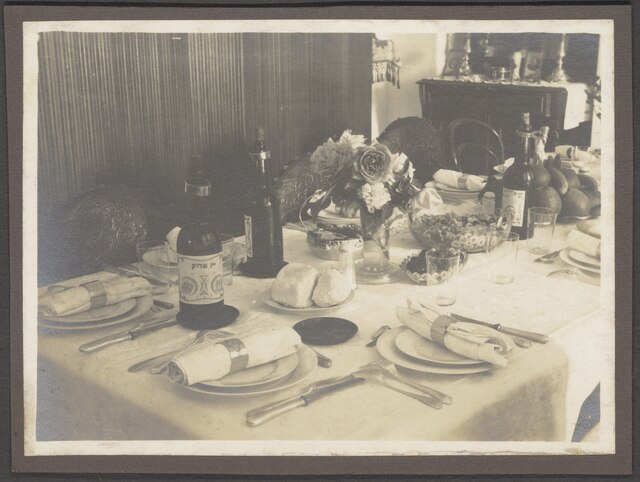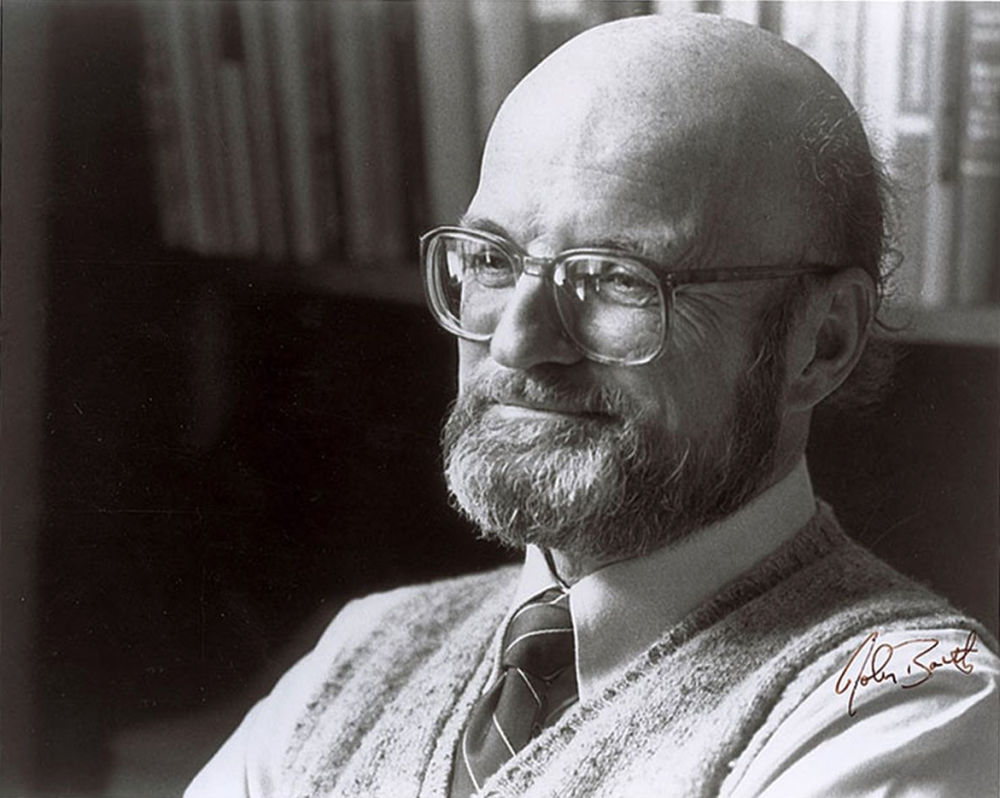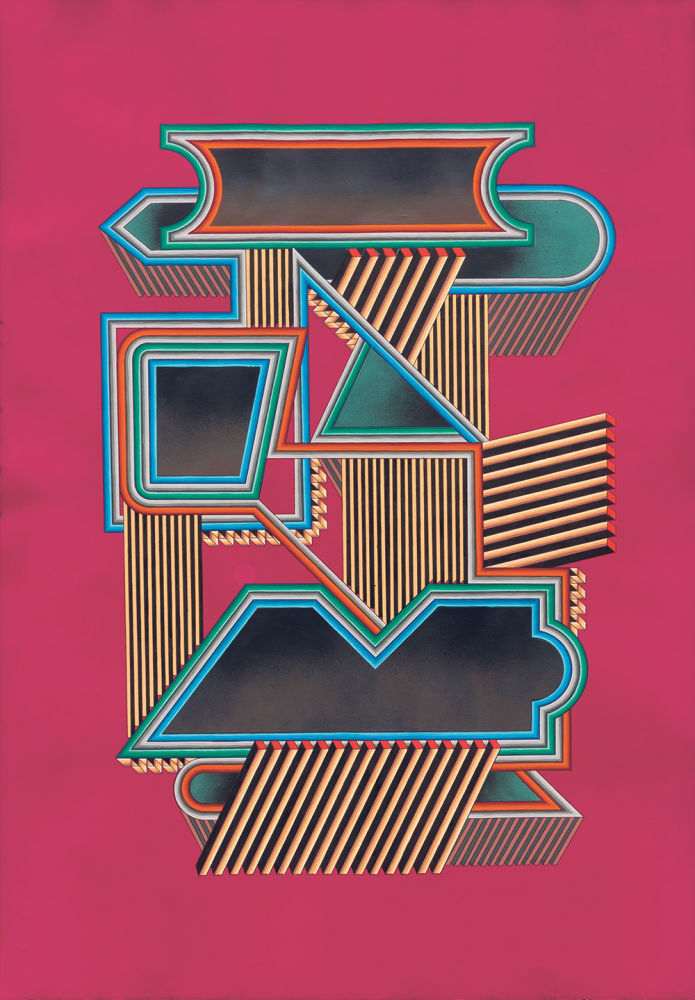 The Retention Pond, 2015, ink, acrylic, enamel, and gouache on hand-dyed paper, 30" x 22".
The Retention Pond, 2015, ink, acrylic, enamel, and gouache on hand-dyed paper, 30" x 22".
It was in the third of the essays I was writing on how we’d come to see the cities of the future as cities of the future (something to refocus our attention on, now that the cities of the future of the past, the structures in which we were all living, had been thoroughly codified and photographed and renovated, resold as more shimmering or more minimalist versions of themselves then rephotographed, and we were liking the reiterations on our Instagrams, enjoying this incredible proximity to architecture: I was an architect, writing about architecture in my poems), but it was hard to deny that we’d reached that time in our respective chronologies when cities of the future was something that had to be reenvisioned and discussed as you sat under studio lights in a narrow room of books in an office building and your talk was broadcast over the Internet (you were not of the technological elite, so you didn’t know that sitting hunched over would make you appear hunched over to anybody watching), but the idea of cities of the future came to everyone one night in our sleep and it was time to begin to think and talk about it, to try to envision what these would look like and who would occupy them and if they would have different names or exist on different planets (you had to be speculative but also had to weigh in on what was actually happening on your streets, in your bodies, and between bodies): it was in number three of the essays that I began to see color as that which would make our cities of the future cities of the future and this was thanks to Edie Fake, whose renditions of the architectures of our new cities performed like an architecture finally taking into account our clothes. I began writing the essays about the cities of the future, starting with weather and invisibility—cities of the future, their weather; then cities of the future, invisibility—and I began each never considering that the cities of the future had color, and not only color but very bright color that was not only very bright but patterned as well. However, you couldn’t get to these cities until you sufficiently saw the houses that composed them. I wrote houses but I also meant hotels and museums and cinemas and every other entity-object constructed to put time to the body. You had to see the houses first just to understand where you were in the present, to see the present bend and grow loud, like all the fingers around you snapping at once and in beat with something that brought your bodies together, though not into uniformity, rather something syncopated, where your cuffs lined up with his belt and his afro and your knees bent and her sunglasses slid a little down the bridge of her nose and they added a clap to their finger snap or maybe just held their arm up for a while, further away from everything but still syncopated, still drawing lines through your late night and early morning: no, first you had to look at the houses of the cities to get to the cities of the future, and to do this, you started with color. Something happened to my clothes and to the clothes of everyone when we brushed against the city, the city of our old photographs, and this seemed to imbue the lines of the houses within our cities of the future with color, but not just colors of the spectrum also colors that resulted from being in a constant electrified syncopation with other colors (like the making of plaid), and where the lines hit the architecture, made it distinct, into a shape for living, was exactly where the invisibility happened in the second essay I was writing on the cities of the future, though I realize that sounds contradictory, putting color and invisibility together like that, but you only saw color because everything else was being subsumed into larger invisible structures, the colors were the boundaries between where things were going and what remained: they were where the line broke before the new line began but with the new line in sight: color was between and luminous and brought bodies outside, roaming black bodies, roaming bodies in skin tights, leather houses for the feet, blinking, popping shirts and tops, roaming bodies speaking languages from beyond. These were queer geometries, someone had said, because the bodies brushing the landscape rearranged the outdoors; the cities responded to what your clothes said you needed. I had all these T-shirts with holes; I wanted to be everywhere at once; I wanted a conversation with the buildings I entered, for the building to say something and my brushing it to respond, for it to allow its lines to move, to roam within its shape, such that to enter it would be to go on talking, to make everything you did a matter of space, an ongoing equation asking, What is your body doing, what does it need? But these movements would not be to placate the body in the cities of the future, rather to keep the body roaming: making rooms with your feet and your breathing; with your legs up and open; with your stomping and gliding; with your slipping past and through other bodies taller and stronger; to bring out the dark of you, let it roam. There would be all this roaming blackness in the cities of the future that agitated everything not in motion, that behaved like questions about space and belonging, asked to be embraced, to be layered, to be applied to math: the blackness providing a way to build inside the structures already there, and the other colors flickering so you could see the dimensions of space—sometimes you’d see a house intact inside another house with one trimmed in electric yellows and the other in pink, and people would be occupying them like new shapes arriving to some Euclidean page, wanting opposites and sames and inverses and transverses and the ____ and the ____ of the unknown languages of these shapes to reconfigure where we lived and how we lived and who got to dance in the center of the lives of our pages.
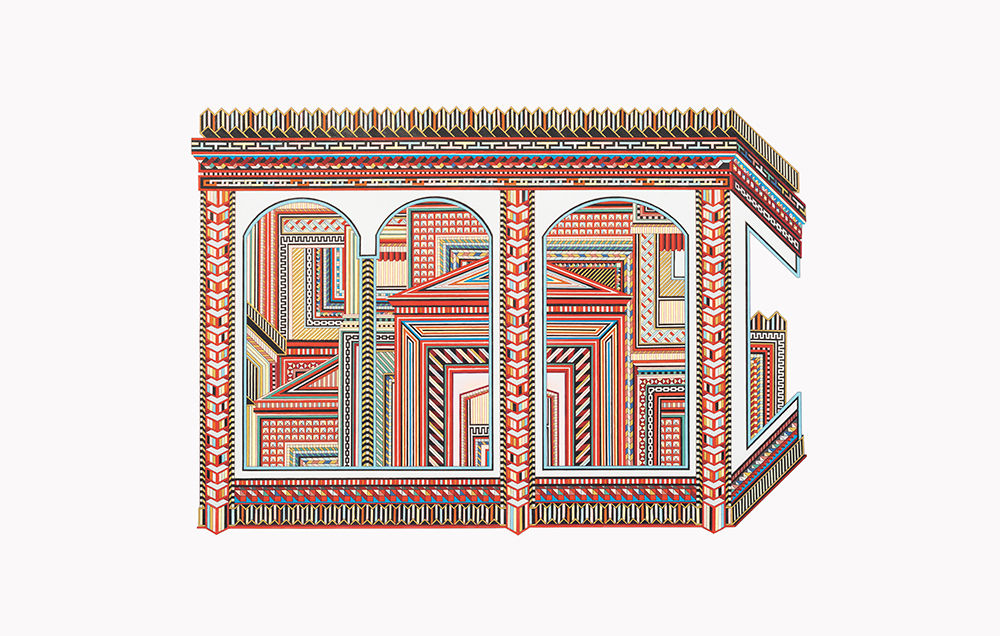 Interior Decorator, 2015, gouache and ink on paper, 22" x 30".
Interior Decorator, 2015, gouache and ink on paper, 22" x 30".
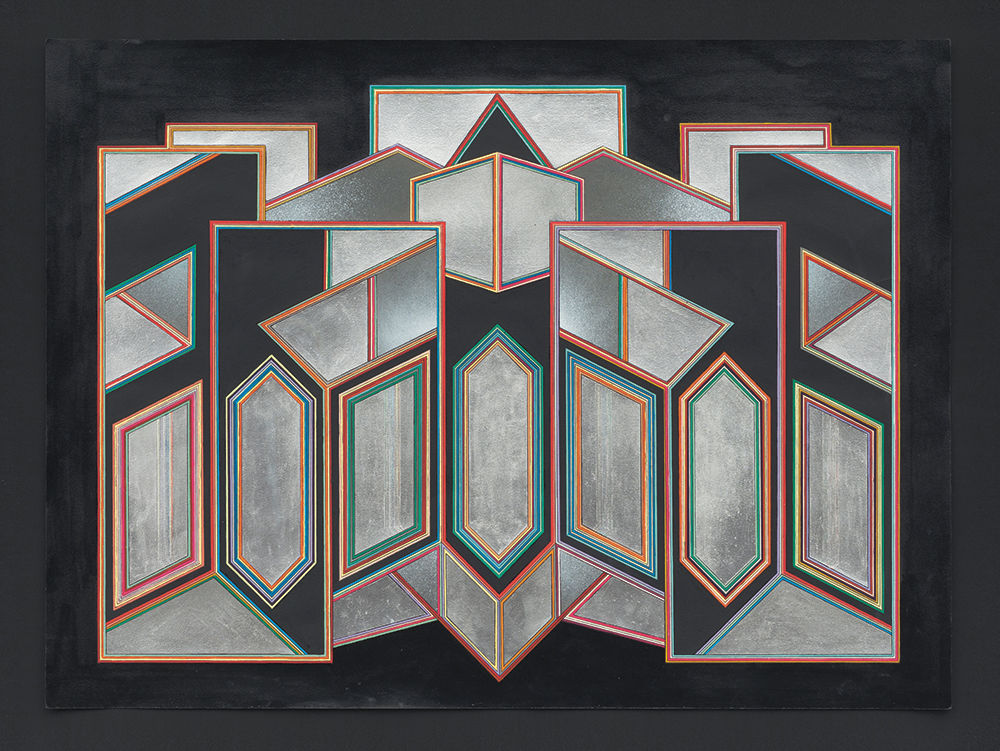 The Fitting Room, 2015, ink, acrylic, enamel, and gouache on paper, 22" x 30"
The Fitting Room, 2015, ink, acrylic, enamel, and gouache on paper, 22" x 30"
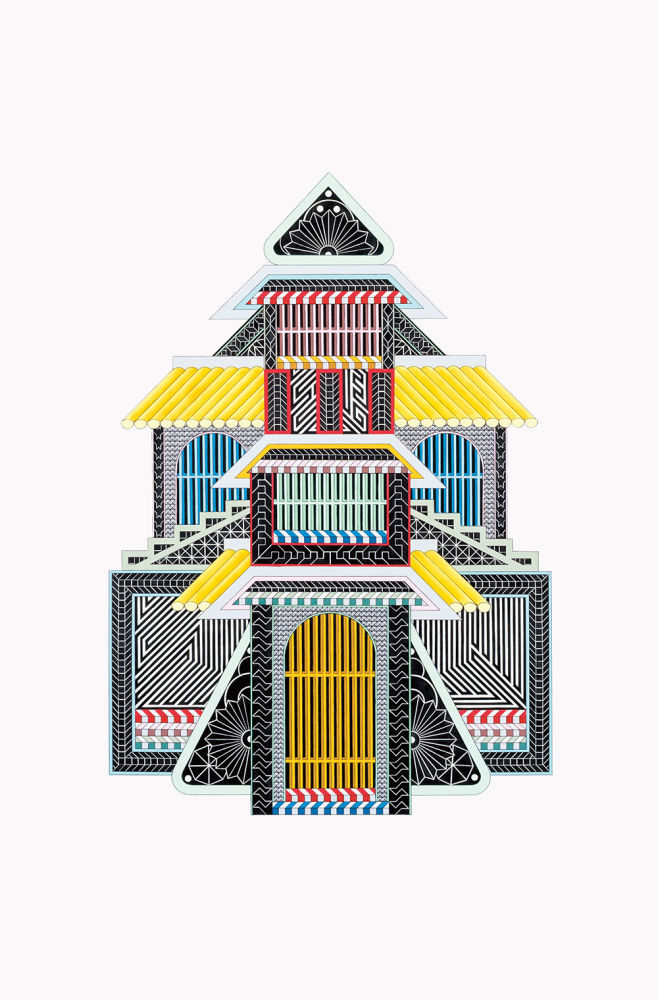 The Out House, 2016, gouache and ink on paper, 33 1/8 " x 25 3/8 "
The Out House, 2016, gouache and ink on paper, 33 1/8 " x 25 3/8 "
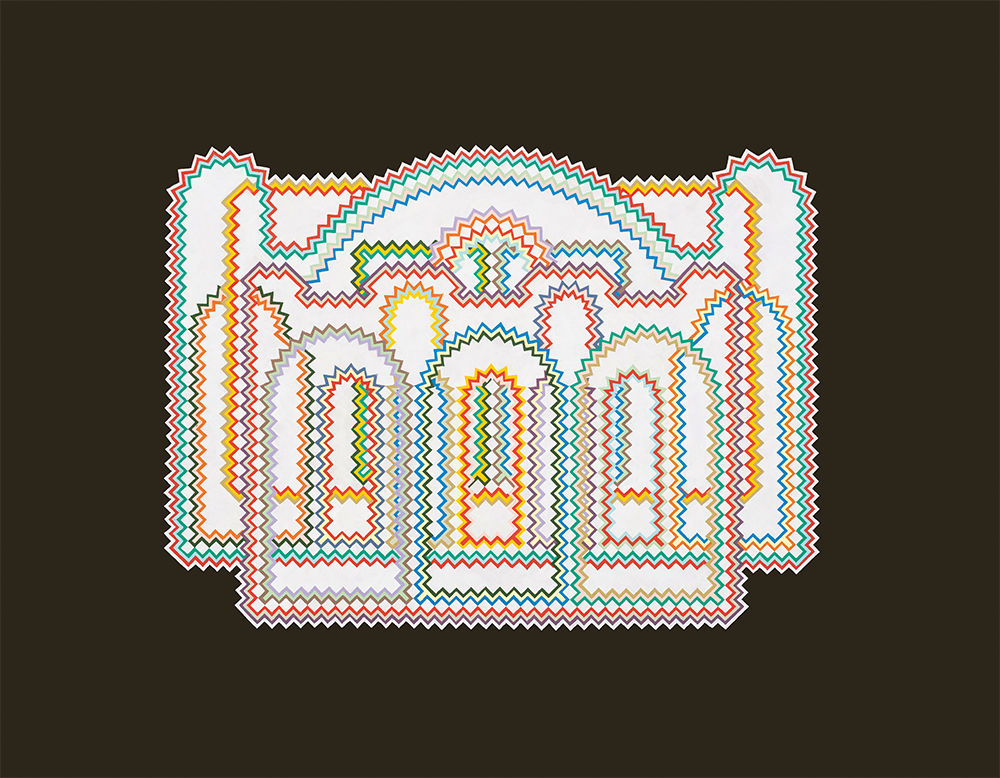 Electric Company,
2018, gouache on panel, 18 " x 24 ".
Electric Company,
2018, gouache on panel, 18 " x 24 ".

